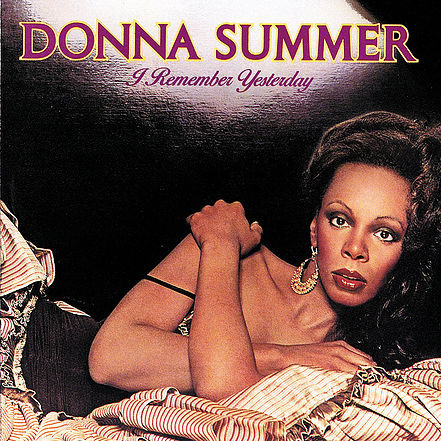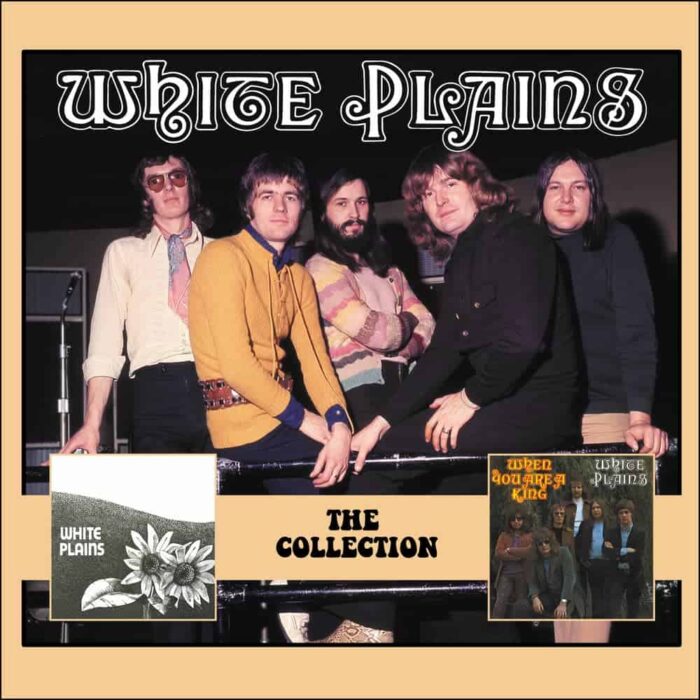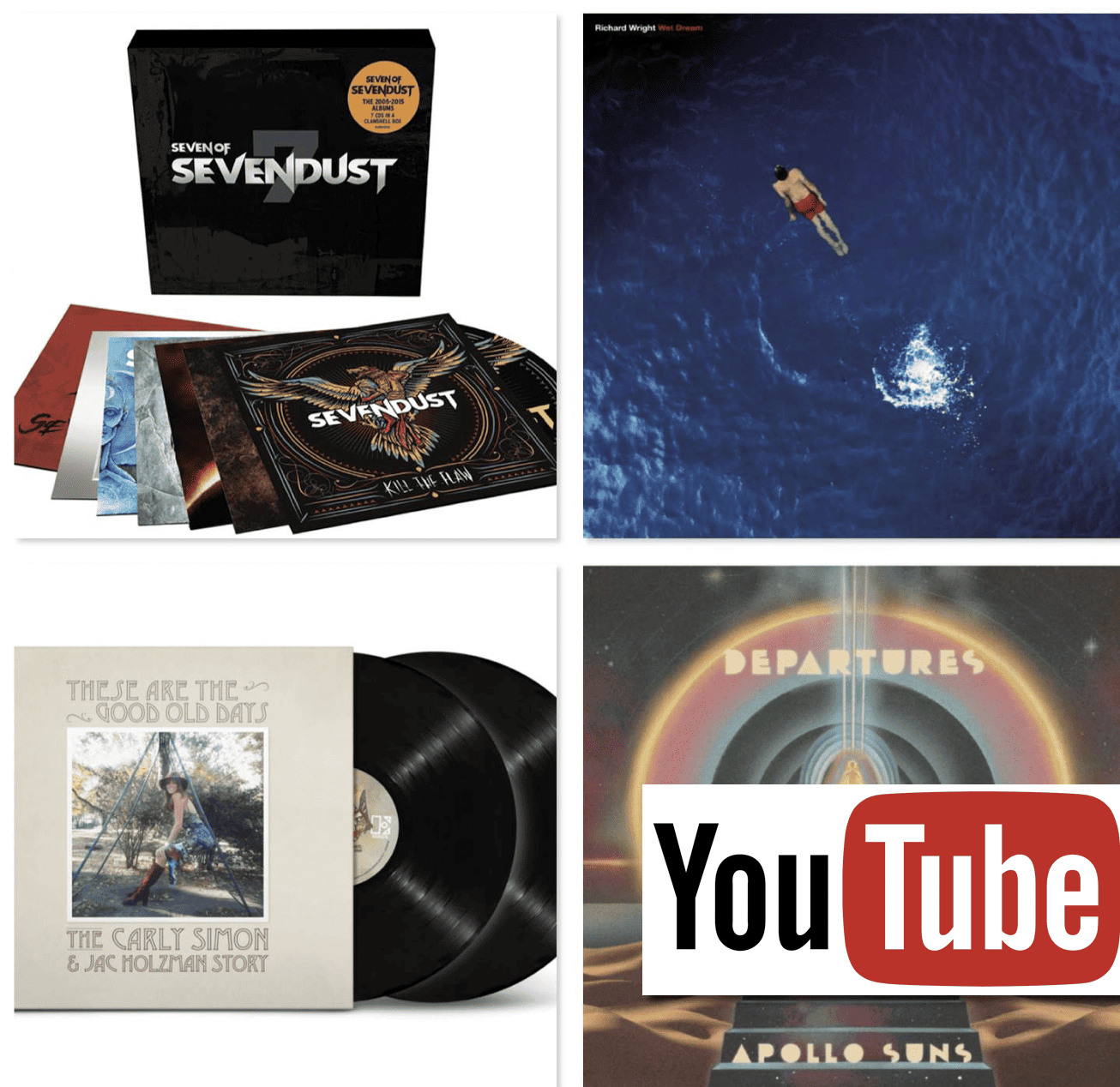The Article
Donna Summer’s I Remember Yesterday
23rd January 2015

Label: Casablanca Records & Filmworks
Year: 1977
“This is the future.” John Lennon, after hearing the single, I Feel Love.
The queen of ‘70s disco, Donna Summer produced a momentous album during 1977, produced by the legendary, Giorgio Moroder, “We first met Donna in Munich, Germany,” said Moroder. “She was stranded there after a musical she was in was cancelled. She was first employed by us as a backing singer. We were impressed and said that, if we ever had a song that we’d like to produce for her, we’d call her.”
Summer’s first big hit, with Moroder, was the sexy Love To Love You Baby – which, according to Moroder, contained “57 moans”. For the later album, I Remember Yesterday, the idea was, “…to have some songs of the ‘40s, ‘50s, some of the ‘60s, some of the ‘70s and a song of the future.”
The poppy, ‘40s derived bouncy beat of the title track was a Top 20 hit in the UK with its light, positive lyric and smiley music. Next, the ‘50s rock’n’roll track, Love’s Unkind, the tale of a school girl’s unrequited crush, is a girl group stomp. This track hit No.3 in the UK charts. Back In Love again is an excellent Motown/Supremes pastiche with appropriate harmonies that rose to the top 30, in the UK. Next, Black Lady offered a blaxploitation/Shaft approach with an energetic, funky vibe.
For the ‘future’ track, Moroder went into the studio with a “huge” synthesiser, an unusual thing for him at the time, “I had a guy program the bass line, just three or four notes, which kept a certain time. We recorded it over and over until we had the whole three and a half to four minutes,” said Moroder.
Don’t forget, this was 1977, so using a synthesiser in this manner was still unusual. In fact the engineer thought Moroder crazy to keep the four notes pumping through the track which would eventually become the blockbuster – I Feel Love, “The tuning was terrible, however, so, after every four beats, we had to rewind the tape, drop the bass in and out, fiddle with it and, well, it took several hours just to do the bass line.”
At that time, Morodor’s favourite artists were Tangerine Dream, Kraftwerk and Vangelis – all direct influences on this track. During the mix, Moroder added a little to the bass and then added a delay which gave the track that rolling, signature, throbbing feel, “The vocals for the track took only 30-60 minutes, said Moroder. “That was helpful because it retained the spontaneity. Even if there are little mistakes here and there, it didn’t matter because the feel was great.”
The first time Moroder heard the track outside of the studio was in the famous Studio 54 club in New York. Oddly, he said, the first part of the bass line emerged from the speaker on the left and the second was on the speaker on the right, slightly after it, “I thought, oh no, have I made a mistake in the mix? But, no, if you stood in the middle of the floor the stereo effect was fine. However, I noticed that the people on the right hand side of the floor danced differently to the people on the left!”
I Feel Love stayed at No.1, in the UK, for four weeks and was the very first pop hit recorded with a synthesised backing track which was imitated by dozens of Euro dance imitators. This song, alone, directly influenced the electro revolution of the ‘80s and the techno revolution of the late ‘80s-early ‘90s.
“I Feel Love had an influence on us,” said Blondie’s Debbie Harry. “It made us look at these sounds differently. We had played around with synthesisers already in the band but Giorgio was the master. The song gave us a new lease of life or a new license to do other things with synths.” Ana Matronic from the Scissor Sisters was impressed by the album too, “Giorgio Moroder is god!” she exclaimed. “The disco and dance music from that time is so influential. I Feel Love, though, to me produced the feeling of falling in love. Hearing it, I have the sense memory or body memory of falling in love with someone.”
I Remember Yesterday initially appeared on vinyl and then later, of course, on CD. The first issues of both formats are the best of the bunch.


